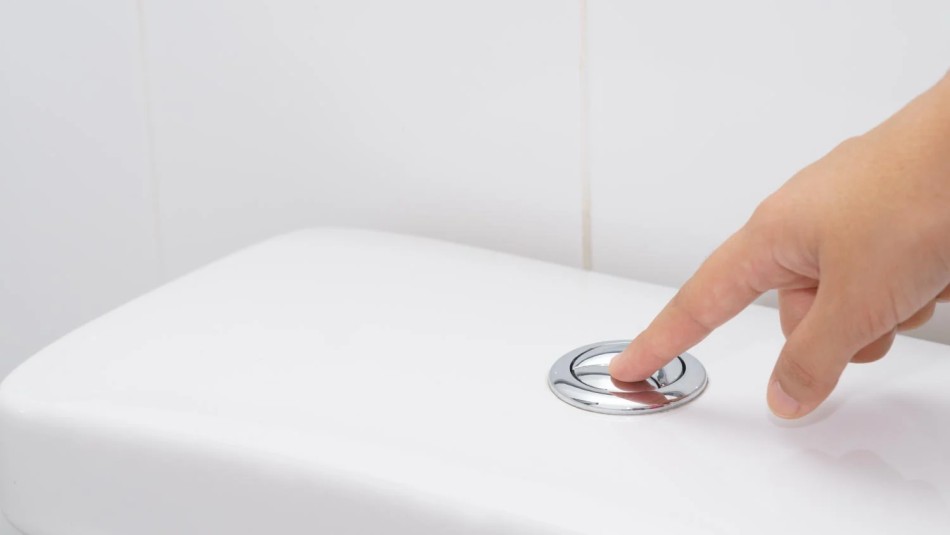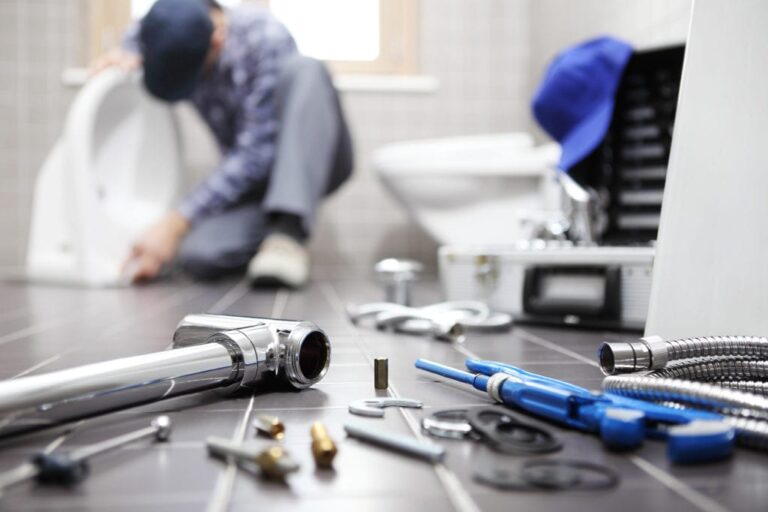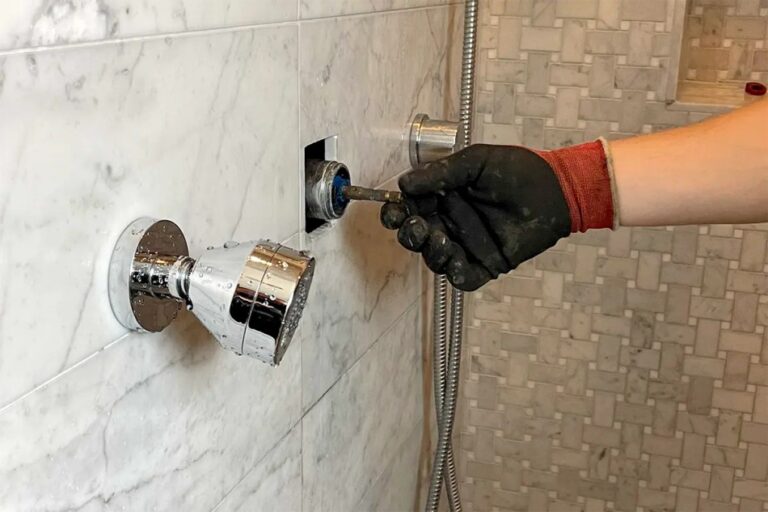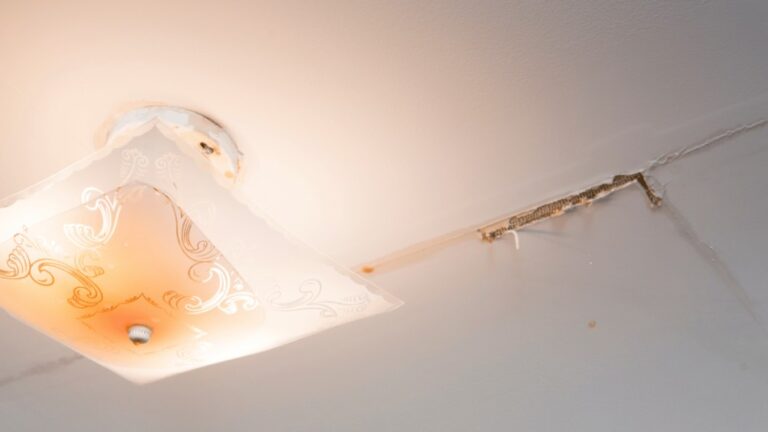Have you stepped into your bathroom only to find the toilet bowl looking a bit emptier than usual? You’re definitely not alone. Many homeowners face issues like low toilet water, slow refills, or weak flushes, which can be quite frustrating—especially when the cause isn’t immediately clear.
Though it might seem like a minor inconvenience, the water level in your toilet is crucial for the fixture’s overall performance. If it drops too low, you might experience weaker flushes, unpleasant odors rising from the drain, and an increased risk of clogs. For those with larger families or frequent visitors, even small toilet issues can escalate into major inconveniences.
Toilets are designed to maintain a balanced water level in both the tank and bowl. This water creates the necessary pressure to push waste through the plumbing, while also providing a barrier against sewer gases. Any disruption in this balance can affect your toilet’s efficiency and reliability.
Fortunately, most issues leading to low water levels can be traced back to a few common problems. Once you’re familiar with these, you’ll have a better understanding of how to tackle them—or when to call in a professional.
Understanding Why Toilet Water Levels Drop
When you notice the water level in your toilet is too low, it’s a sign that something within the toilet or the plumbing system needs attention. Sometimes, the fix is as simple as a minor adjustment inside the tank.
However, it could also indicate a more significant issue, like a clog in the sewer line or a blockage in the vent pipe. Regardless of the cause, maintaining a consistent water level is essential for effective flushing, avoiding clogs, and preventing unpleasant odors in your bathroom.
Let’s dive into some common reasons for low toilet water levels.
Fill Valve Issues
The fill valve is located inside the toilet tank and is responsible for regulating how much water refills after each flush. If the fill valve is worn, improperly adjusted, or blocked, the tank may not fill correctly, which means the bowl doesn’t receive the necessary water either.
Misalignment of the float arm or cup can also hinder the water from filling adequately, resulting in a slow refill or weak flush. While adjusting the float can sometimes help, replacing the fill valve is often the best long-term solution.
Cracks or Leaks in the Toilet
A cracked toilet bowl or a worn wax ring at the base can allow water to escape before it settles in the bowl. You might notice water pooling around the toilet or see stains on the floor nearby.
Even small leaks can siphon water away from the bowl, causing the level to drop. If left unaddressed, these issues can lead to damage to the flooring, subflooring, and the structural supports beneath your bathroom. Unlike a simple tank adjustment, addressing cracks and leaks typically requires professional repair or replacement to prevent further water damage.
Sewer Line Blockages
When the main sewer line gets blocked, flushing the toilet can lead to water siphoning out of the bowl. This occurs because the pressure in the pipes pulls the water away rather than keeping it in place. Common culprits of these blockages include tree roots, shifting soil, or years’ worth of grease and waste buildup.
You might also hear gurgling sounds coming from other drains or see water backing up in your sinks or tubs. Unfortunately, a blockage in the sewer line won’t be resolved with just a plunger; it requires professional drain cleaning services to clear the line and restore proper flow.
Toilet Trap Clogs
At the base of the toilet is a curved section known as the trap, which holds standing water to keep sewer gases from entering your home. If this area experiences a blockage due to foreign objects or excess waste, the water can’t stay at the necessary level. This can result in slow flushing, frequent backups, or the need to flush multiple times.
A plunger can help with minor blockages, but tougher clogs might require a toilet auger. If you’re experiencing persistent issues, it’s time to call in a plumber for a more thorough inspection.
Blocked Vent Pipes
Vent pipes are essential for maintaining air pressure in plumbing systems. Without adequate airflow, the water levels in your toilet can drop, weakening flushing power. Since these pipes often run through walls and extend out of the roof, they can easily become blocked by leaves, debris, or even animal nests.
If you notice gurgling sounds while flushing or observe sudden drops in water levels, a blocked vent could be the issue. Clearing a vent pipe can be complex and might require access to the roof, so it’s best to leave this task to a professional equipped with the right tools and safety gear.
Flapper and Fill Tube Issues
Inside the toilet tank, two small components are crucial for its proper functioning: the flapper, which seals the flush valve until activated, and the fill tube, which refills the tank after flushing. If the flapper wears out, water may leak into the bowl, lowering its level. Similarly, if the fill tube cracks, slips out of position, or shuts off prematurely, the tank won’t refill adequately.
While these components are typically inexpensive to replace, Diagnosis is key. Replacing the wrong part could lead to wasted time and won’t fix the underlying issue.
Why Quick Action Matters
It can be tempting to dismiss low water levels in your toilet since it may still appear to function. However, ignoring issues like weak flushing, undetected leaks, and sewer gas odors can escalate into larger problems for your plumbing system and home.
Regular inspections help identify worn parts before they lead to failures, ensuring your toilet remains efficient. Preventive maintenance can also extend your plumbing system’s lifespan and minimize the likelihood of emergency repairs.
Tackling issues like a faulty fill valve or a blocked vent pipe right away can prevent the hassle of repeated flushes, unpleasant smells, or unexpected leaks. Taking prompt action not only conserves water but also saves you money, making it worthwhile to seek professional assistance as soon as you spot the warning signs.




